 There are 47 individual Wildlife Trusts covering the whole of the UK and the Isle of Man and Alderney. Together The Wildlife Trusts are the largest UK voluntary organization dedicated to protecting wildlife and wild places everywhere at land and sea. They are supported by 791,000 members, 150,000 of whom belong to their junior branch, Wildlife Watch. Every year The Wildlife Trusts work with thousands of schools, and their nature reserves and visitor centres receive millions of visitors. The Wildlife Trusts work in partnership with hundreds of landowners and businesses across the UK in towns, cities and the wider countryside. Building on their existing network of 2,250 nature reserves, The Wildlife Trusts recovery plan for the UKs wildlife and fragmented habitats, known as A Living Landscape, is being achieved through restoring, recreating and reconnecting large areas of wildlife habitat.
There are 47 individual Wildlife Trusts covering the whole of the UK and the Isle of Man and Alderney. Together The Wildlife Trusts are the largest UK voluntary organization dedicated to protecting wildlife and wild places everywhere at land and sea. They are supported by 791,000 members, 150,000 of whom belong to their junior branch, Wildlife Watch. Every year The Wildlife Trusts work with thousands of schools, and their nature reserves and visitor centres receive millions of visitors. The Wildlife Trusts work in partnership with hundreds of landowners and businesses across the UK in towns, cities and the wider countryside. Building on their existing network of 2,250 nature reserves, The Wildlife Trusts recovery plan for the UKs wildlife and fragmented habitats, known as A Living Landscape, is being achieved through restoring, recreating and reconnecting large areas of wildlife habitat.
As well as protecting wildlife this is helping to safeguard the ecosystems that we depend on for services like clean air and water. The Wildlife Trusts are also working to protect the UKs marine environment. They are involved with many marine conservation projects around the UK, often surveying and collecting vital data on the state of our seas. Every year they run National Marine Week in August a two-week celebration of our seas with hundreds of events taking place around the UK. All 47 Wildlife Trusts are members of the Royal Society of Wildlife Trusts (Registered charity number 207238). To find your local Wildlife Trust visit wildlifetrusts.org  First published in 2011 by New Holland Publishers (UK) Ltd This electronic edition published in 2015 by Bloomsbury Publishing Plc Copyright 2015 Bloomsbury Publishing Plc All rights reserved
First published in 2011 by New Holland Publishers (UK) Ltd This electronic edition published in 2015 by Bloomsbury Publishing Plc Copyright 2015 Bloomsbury Publishing Plc All rights reserved
You may not copy, distribute, transmit, reproduce or otherwise make available this publication (or any part of it) in any form, or by any means (including without limitation electronic, digital, optical, mechanical, photocopying, printing, recording or otherwise), without the prior written permission of the publisher.
Any person who does any unauthorised act in relation to this publication may be liable to criminal prosecution and civil claims for damages. Bloomsbury Publishing Plc, 50 Bedford Square, London, WC1B 3DP www.bloomsbury.com Bloomsbury is a trademark of Bloomsbury Publishing Plc British Library Cataloguing-in-Publication Data A catalogue record for this book is available from the British Library ISBN (print) 978-1-4729-1980-9 ISBN (ePub) 978-1-4729-1982-3 ISBN (ePDF) 978-1-4729-1981-6 Design by Alan Marshall The publishers thank Shirley Hawkins of The Wildlife Trusts for reading the text. Reproduction by Modern Age Repro Co. Ltd., Hong Kong To find out more about our authors and books visit www.bloomsbury.com. Here you will find extracts, author interviews, details of forthcoming events and the option to sign up for our newsletters. ContentsIntroduction Gardens in northern Europe are wonderful places to start watching wildlife, and even the smallest garden can support a variety of animals, from snails and spiders, to birds and small mammals.
So many species can turn up in a garden that this book cannot include them all. It will, however, give you a good idea of the animals that can be found in your garden, and help you to identify them. Although gardens are somewhat artificial as environments, they usually have obvious traces of the habitat that they have replaced. Where houses have been built in what was once woodland, a garden may, for example, contain a mature oak tree, which attracts bird and insect species not found in other gardens. Where they have been built on farmland, there may be the remnants of hedges with their characteristic woodland edge fauna. Food & Behaviour Food, shelter and reproduction are the keys to an animals survival, and are important factors in identifying the species.
Some of the animals that come into gardens may be unwelcome because they eat the plants grown by gardeners, while others should be encouraged because they feed on pest species and provide some control over their numbers. Animals occur at different seasons. The Swallow, for example, appears in MarchApril, and disappears in SeptemberOctober, because it is a migrant. It breeds in continental Europe, and when the insects it eats become scarce, it flies south for the winter. Other birds change their habits to cope with the changes of food from season to season. Blackbirds concentrate on earthworms, insects and other invertebrates when they are plentiful in summer, but turn to berries and fruits in autumn and winter.
It is in winter, when food is scarce, that birds are attracted most to gardens. The life cycle of all insects includes a number of stages, which take an insect throughout the year from egg to adult insect. The Peacock, a common garden butterfly, is first seen as the weather warms in March and it emerges from hibernation to breed. After May it seems to disappear, because the adults have bred and the new generation is going from eggs to larvae to pupae, to finally emerge as butterflies in JulySeptember. On sunny days they can be seen feeding on the nectar of the last Michaelmas Daisies or the juices of rotting windfall fruits, before hibernating throughout the winter. In the depths of winter you might come across one in a corner of the garden shed or even in the house (do not disturb it if you do).
Reproduction is, of course, an essential part of the lives of all animals. Birds sing in spring to proclaim that they hold a territory and to attract a mate. The flight of male Brimstone butterflies on warm spring mornings has the same purpose. You may notice other butterflies as well as dragonflies patrolling your garden in search of a mate. Having paired, birds find places in which to build nests and rear young, and there has to be sufficient food for their offspring. Making a Garden Fit for Wildlife If you garden in a non-harmful organic way, avoiding using herbicides and pesticides, you will attract wildlife, even though you may have a conventional short-cut lawn and formal herbaceous borders. Making a Garden Fit for Wildlife If you garden in a non-harmful organic way, avoiding using herbicides and pesticides, you will attract wildlife, even though you may have a conventional short-cut lawn and formal herbaceous borders.
During the breeding season, try to minimize disturbance to hedges and places where birds nest, and to compost heaps, which provide refuge for a host of wildlife from Hedgehogs and Grass Snakes, to earthworms and centipedes. Discourage cats, which are the greatest killers of garden wildlife. Attracting Wildlife Birds can be enticed to the smallest garden by putting out food such as kitchen scraps and seeds. They are also attracted by berry-bearing shrubs. Insects like bees, hoverflies and butterflies can be lured by planting bushes and flowering plants from which they can extract nectar and pollen. Shelter in the form of nestboxes attracts birds, but they will only nest if there is sufficient food in the form of small insects available, because even the seed-eating species feed their young on insects.
Many insects and other invertebrates require shelter when they are not active, and if you look under leaf litter, logs and stones you will find them in large numbers. Hollow sticks held into a frame with chicken wire can provide holes in which solitary bees and wasps can nest. Compost heaps, as well as constituting a positive way of reusing waste, are important as places for invertebrates to live and breed in. They may also provide hibernation places for Hedgehogs, Grass Snakes and toads. A
Next page
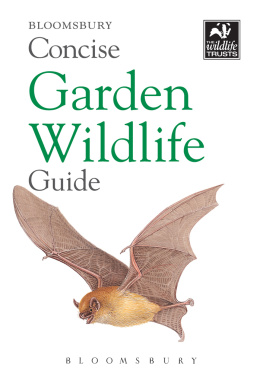
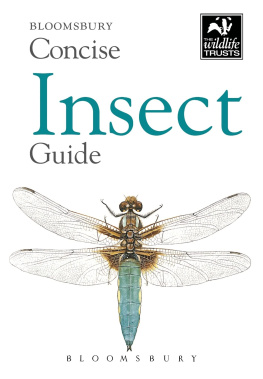


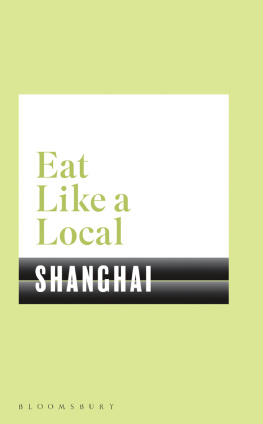
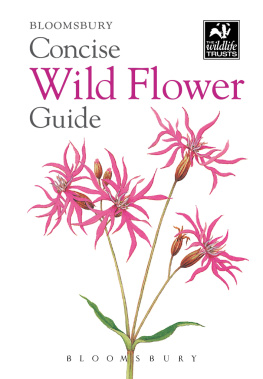
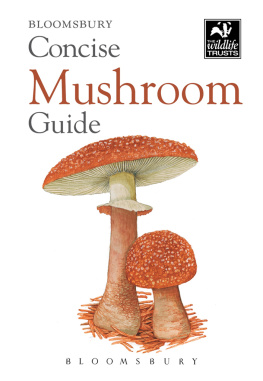
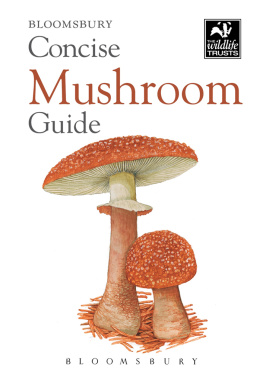

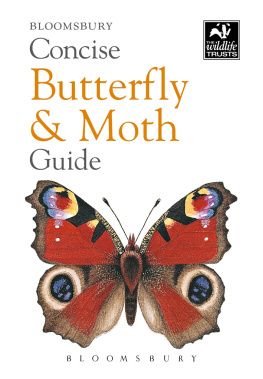
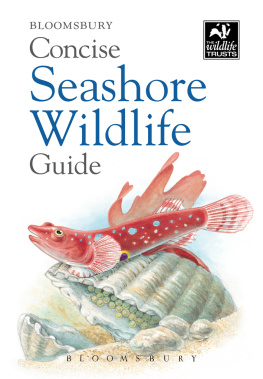
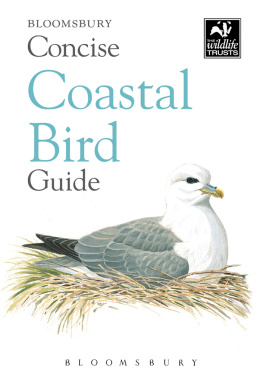
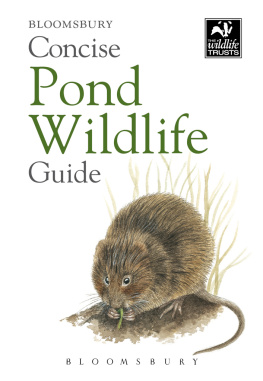
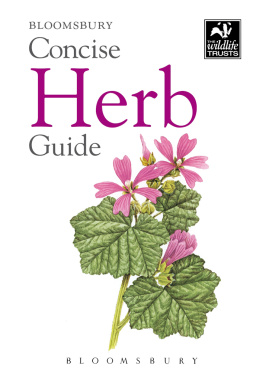
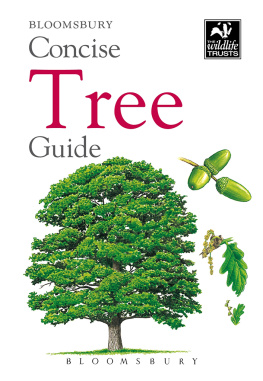
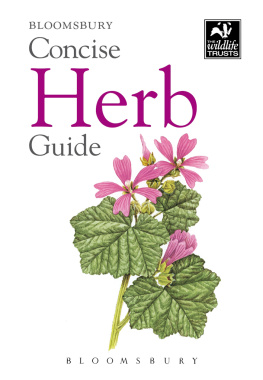
 There are 47 individual Wildlife Trusts covering the whole of the UK and the Isle of Man and Alderney. Together The Wildlife Trusts are the largest UK voluntary organization dedicated to protecting wildlife and wild places everywhere at land and sea. They are supported by 791,000 members, 150,000 of whom belong to their junior branch, Wildlife Watch. Every year The Wildlife Trusts work with thousands of schools, and their nature reserves and visitor centres receive millions of visitors. The Wildlife Trusts work in partnership with hundreds of landowners and businesses across the UK in towns, cities and the wider countryside. Building on their existing network of 2,250 nature reserves, The Wildlife Trusts recovery plan for the UKs wildlife and fragmented habitats, known as A Living Landscape, is being achieved through restoring, recreating and reconnecting large areas of wildlife habitat.
There are 47 individual Wildlife Trusts covering the whole of the UK and the Isle of Man and Alderney. Together The Wildlife Trusts are the largest UK voluntary organization dedicated to protecting wildlife and wild places everywhere at land and sea. They are supported by 791,000 members, 150,000 of whom belong to their junior branch, Wildlife Watch. Every year The Wildlife Trusts work with thousands of schools, and their nature reserves and visitor centres receive millions of visitors. The Wildlife Trusts work in partnership with hundreds of landowners and businesses across the UK in towns, cities and the wider countryside. Building on their existing network of 2,250 nature reserves, The Wildlife Trusts recovery plan for the UKs wildlife and fragmented habitats, known as A Living Landscape, is being achieved through restoring, recreating and reconnecting large areas of wildlife habitat. First published in 2011 by New Holland Publishers (UK) Ltd This electronic edition published in 2015 by Bloomsbury Publishing Plc Copyright 2015 Bloomsbury Publishing Plc All rights reserved
First published in 2011 by New Holland Publishers (UK) Ltd This electronic edition published in 2015 by Bloomsbury Publishing Plc Copyright 2015 Bloomsbury Publishing Plc All rights reserved